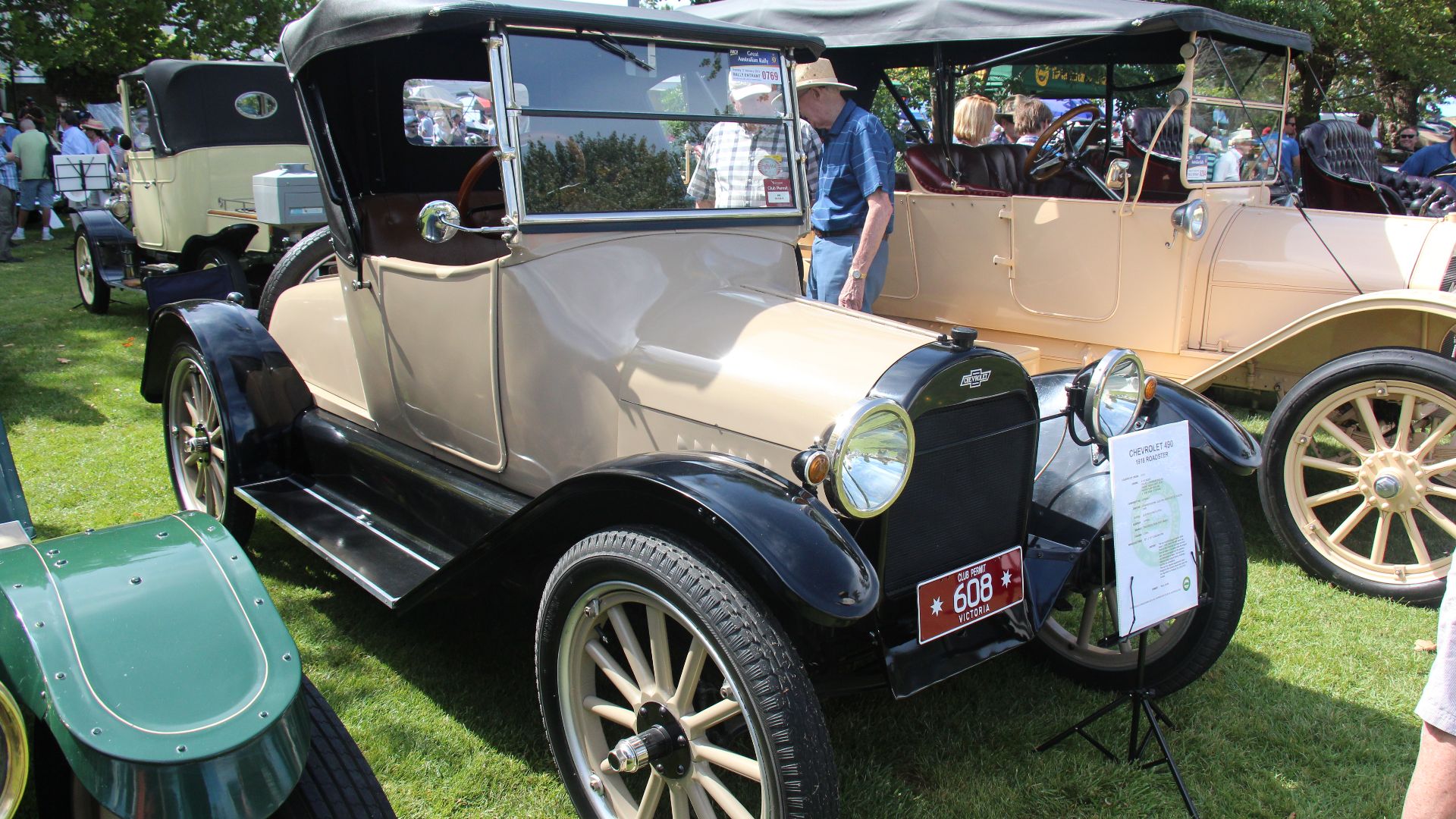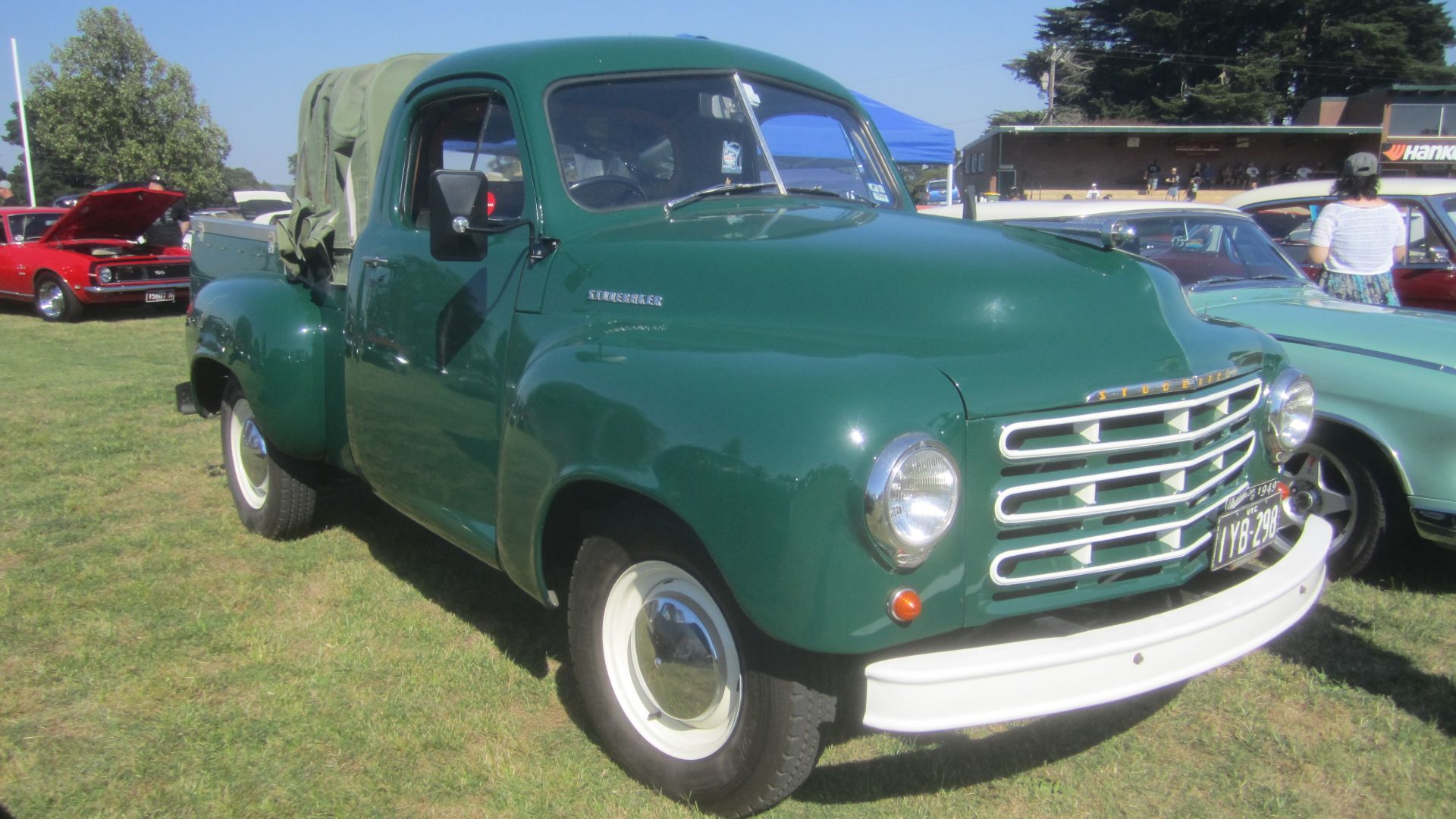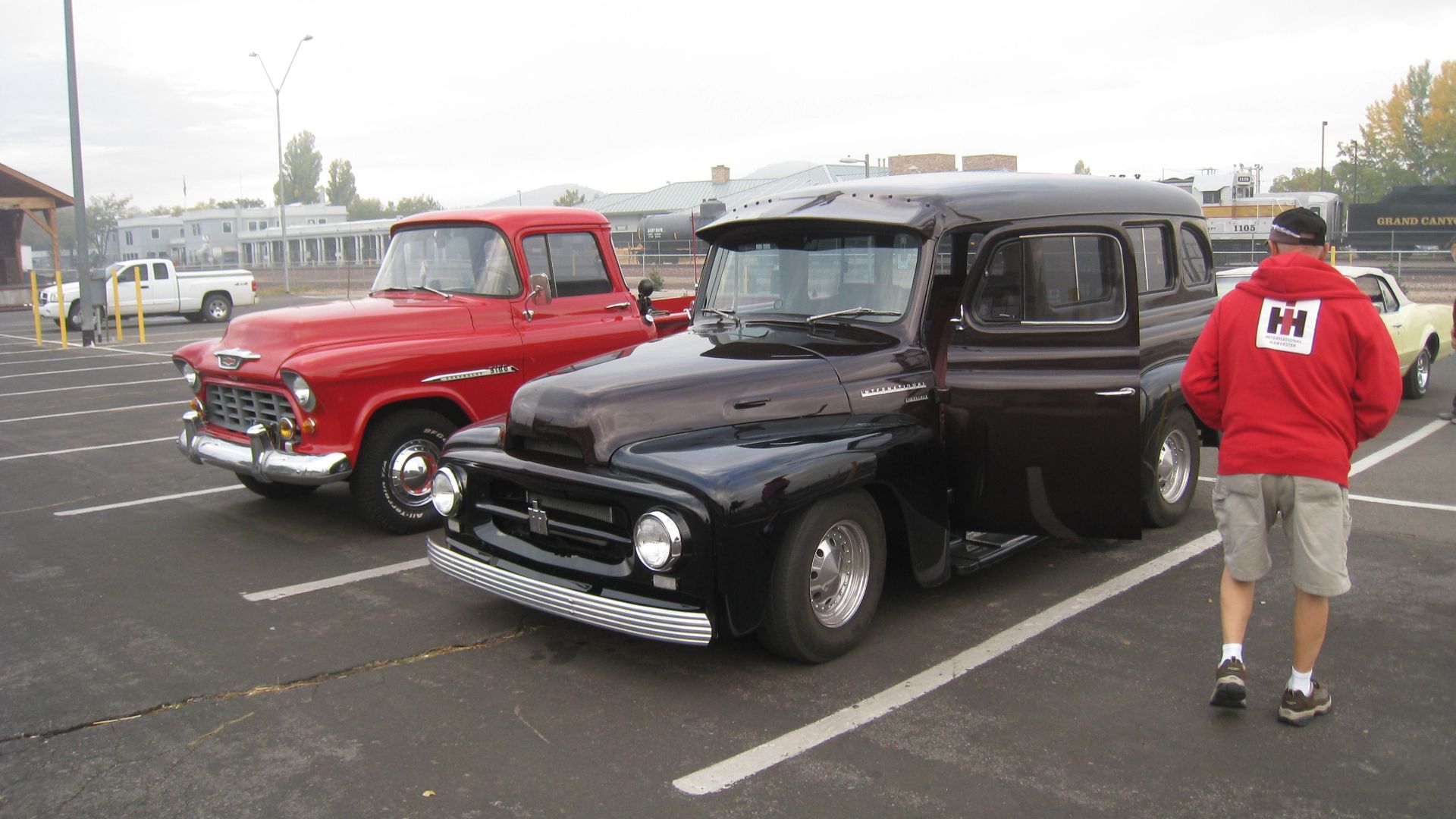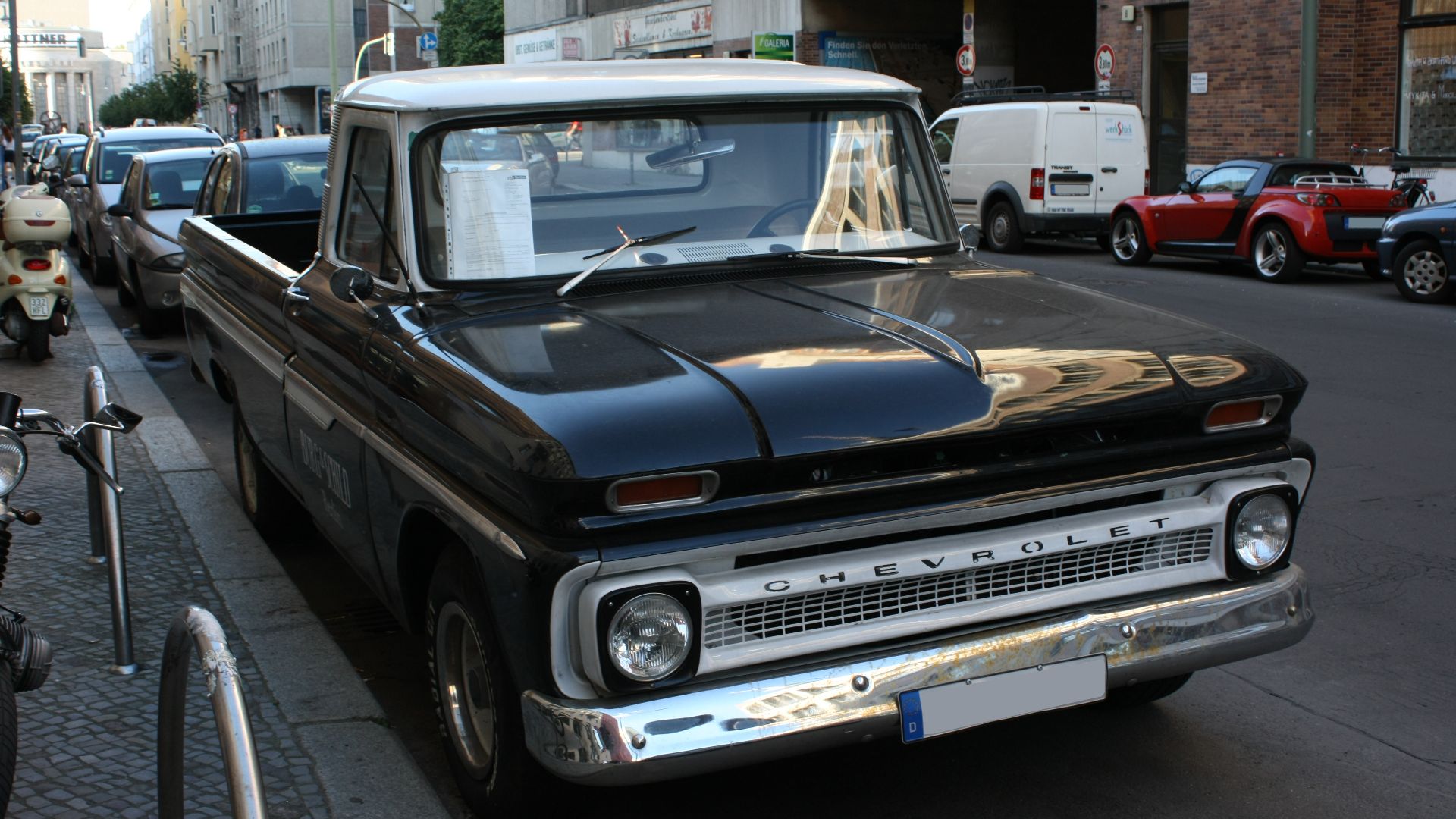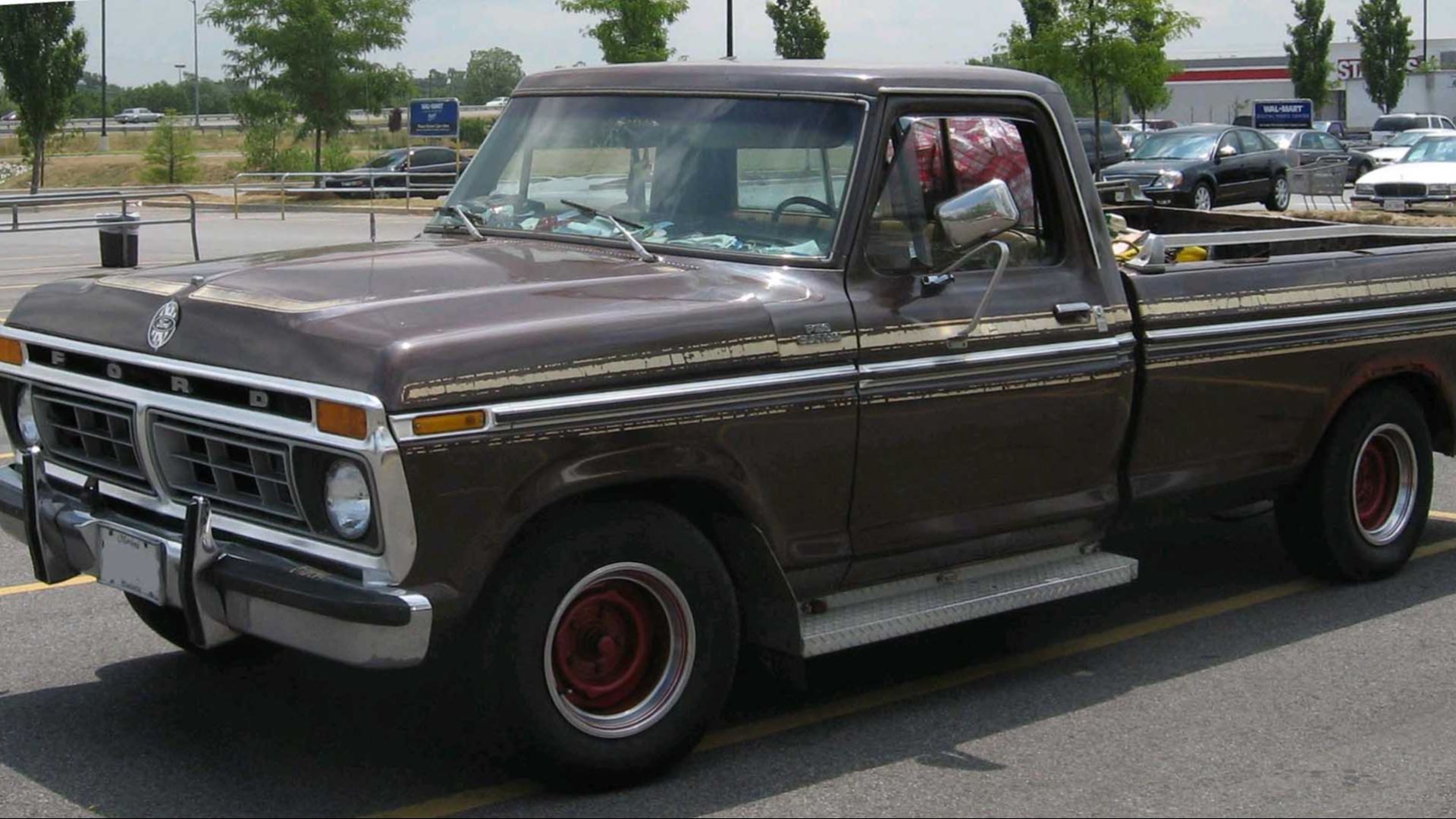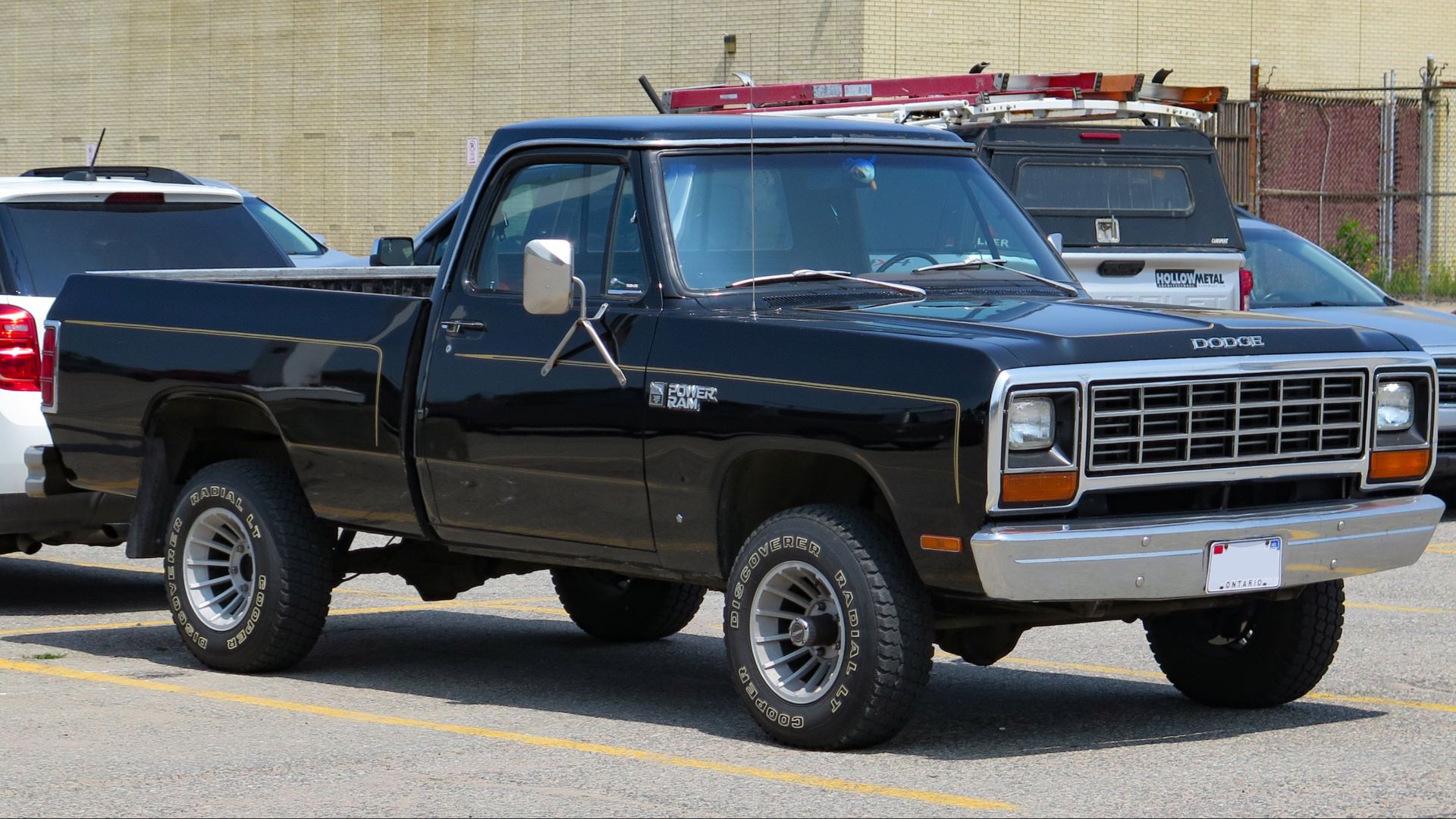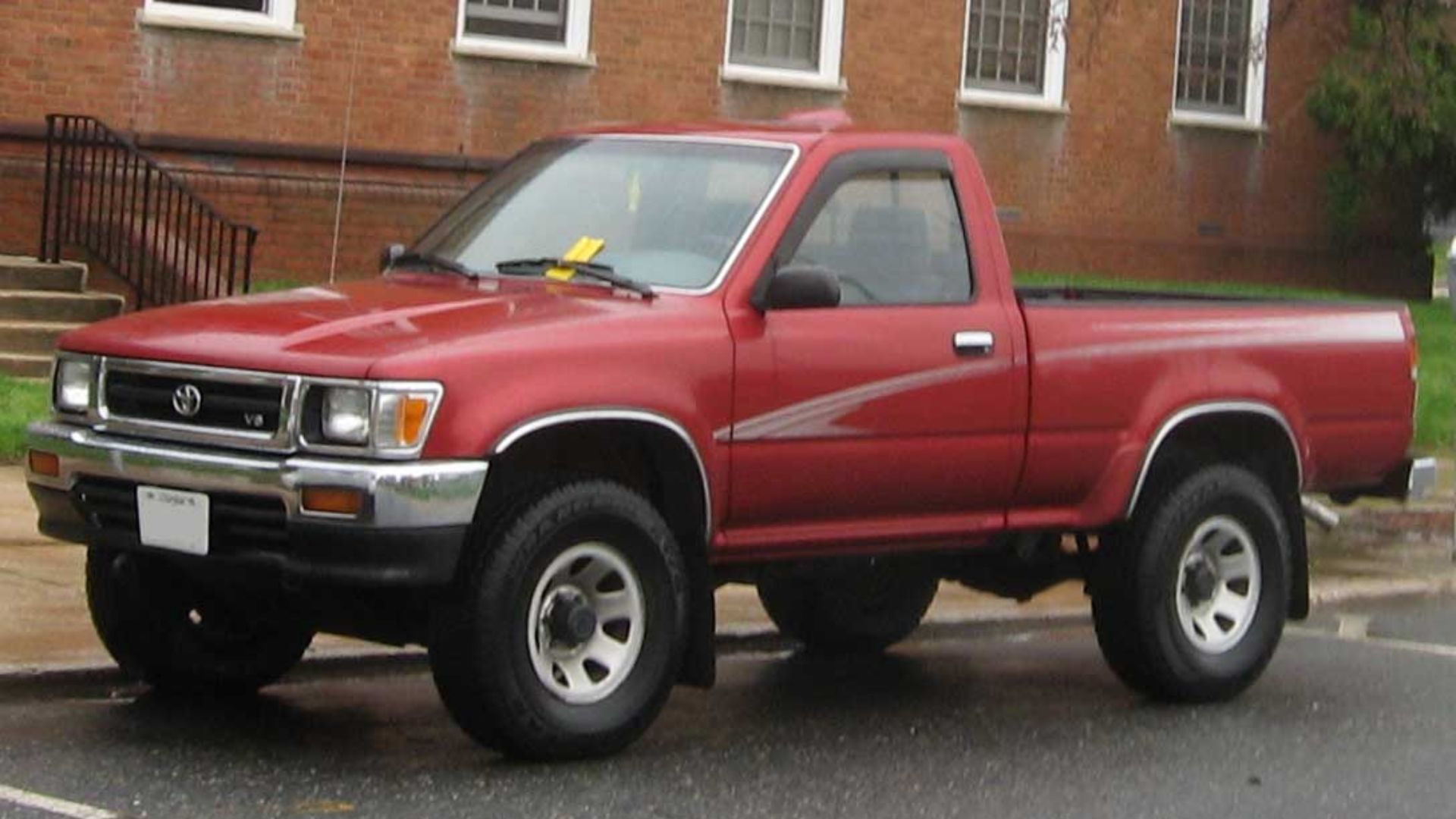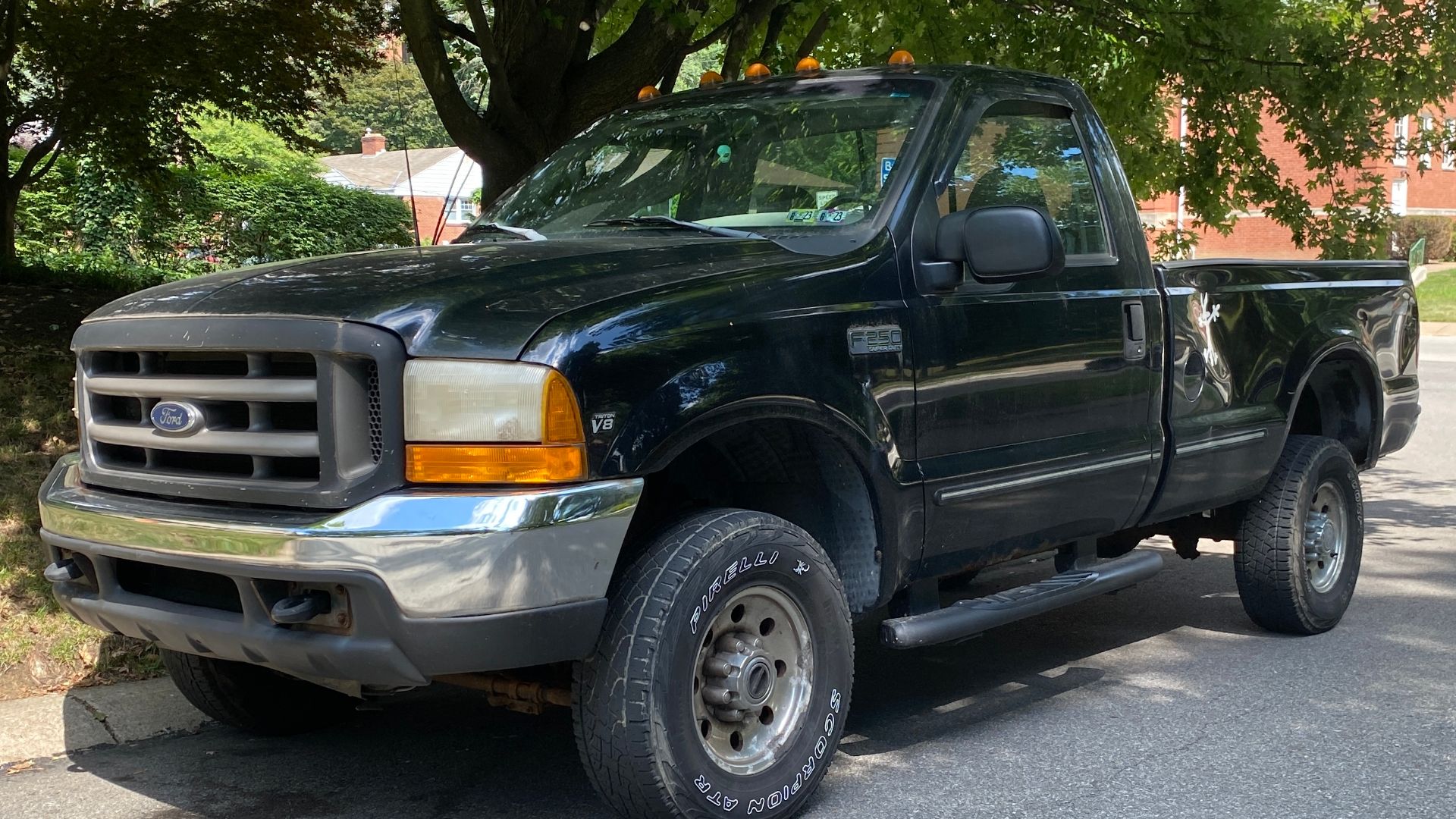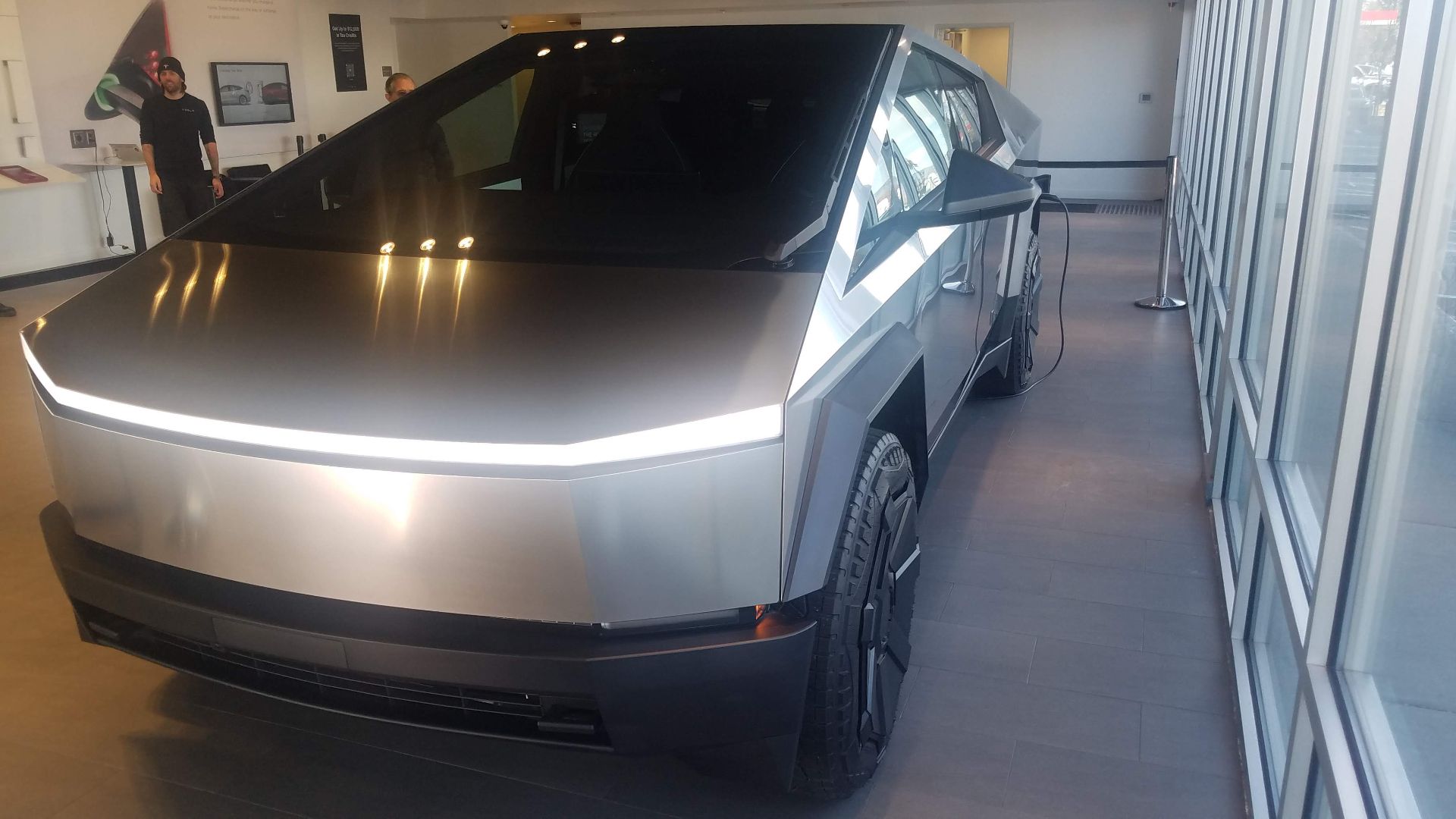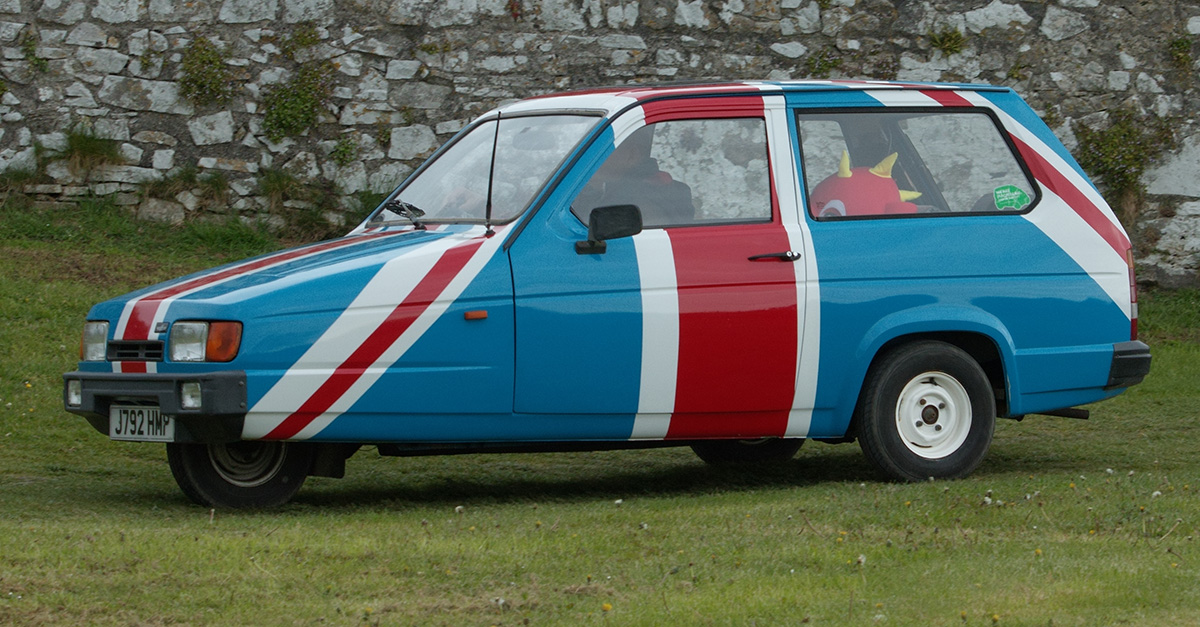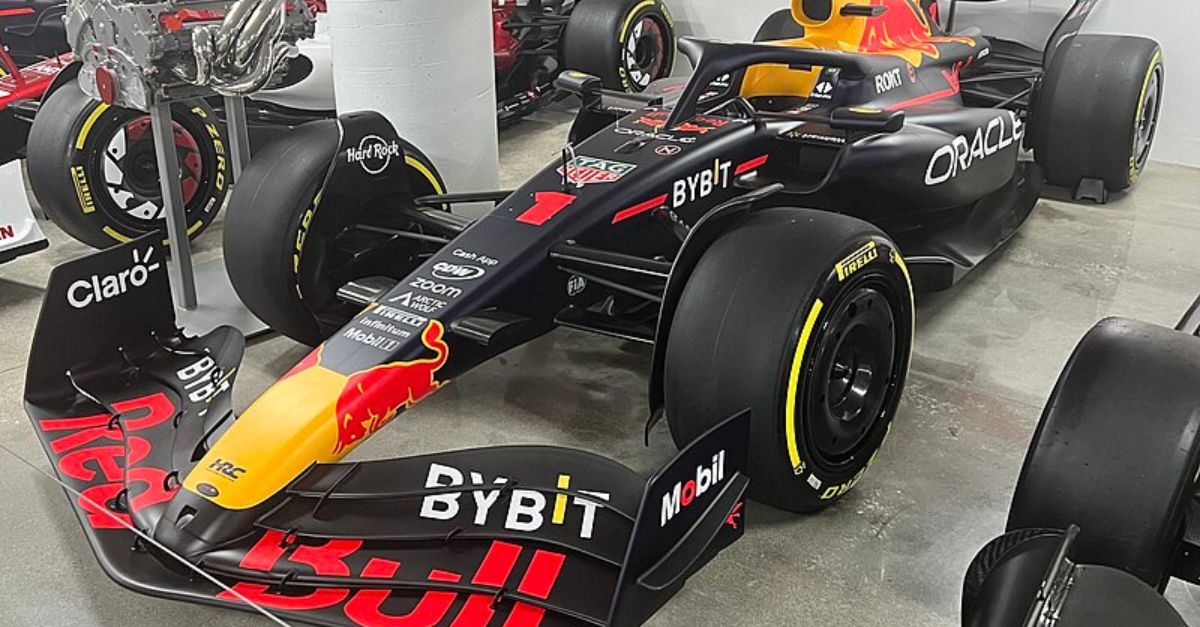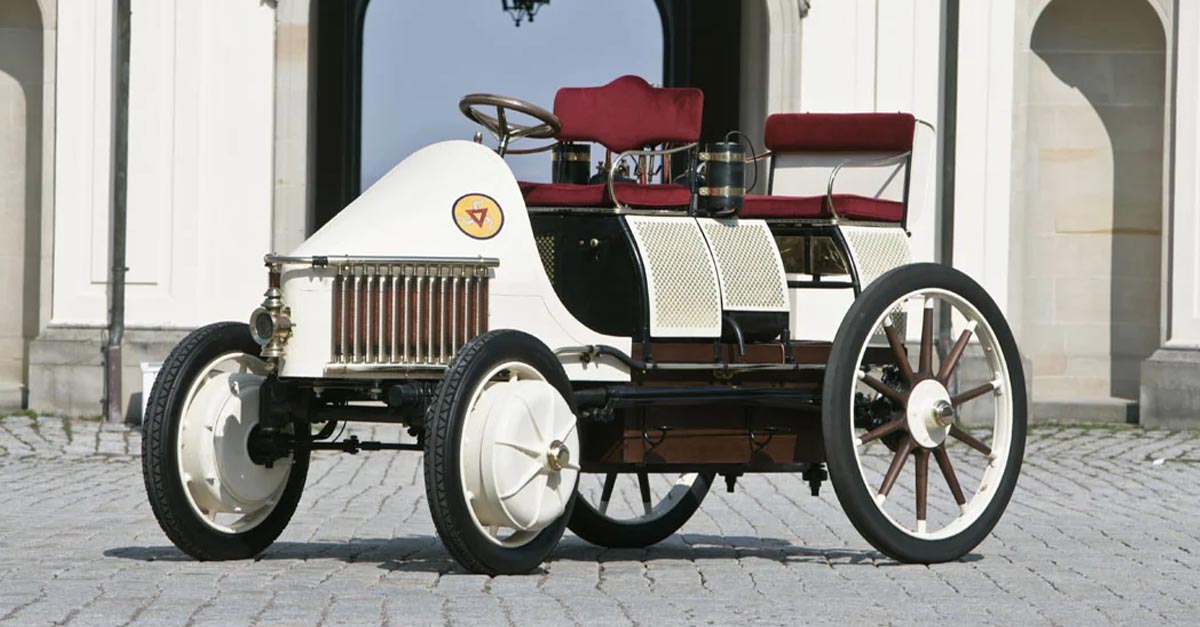America’s Love Affair With Pickup Trucks
From dusty farms to modern freeways, pickup trucks have been the backbone of American life for over a century. They’ve hauled crops, towed boats, and carried entire industries on their steel shoulders. These aren’t just vehicles—they’re cultural icons of perseverance and progress. Let’s take a ride through 25 pickups that reshaped how America works, plays, and drives, mile after rugged mile.

Ford Model TT (1917)
The Model T put America on wheels, but the Model TT gave it true strength and endurance. Built on a sturdier frame and fitted with a heavier rear axle, it was the first Ford designed for serious hauling. Farmers, tradesmen, and early delivery services relied on it daily, making it the foundation for Ford’s century-long truck legacy.
Chevrolet 490 Light Delivery (1918)
Chevy’s first foray into the truck world combined car-like comfort with practical hauling power. Designed to be affordable for shopkeepers and farmers, the 490 Light Delivery made the concept of personal and small-business pickups attainable. It was a symbol of progress and accessibility for the booming postwar economy.
Dodge Brothers Screenside (1918)
Rugged, straightforward, and incredibly durable, the Dodge Brothers Screenside proved reliability mattered most. It quickly became indispensable for soldiers, farmers, and delivery drivers alike. This was the truck that introduced true dependability to the American workforce, establishing Dodge as a name synonymous with grit and endurance.
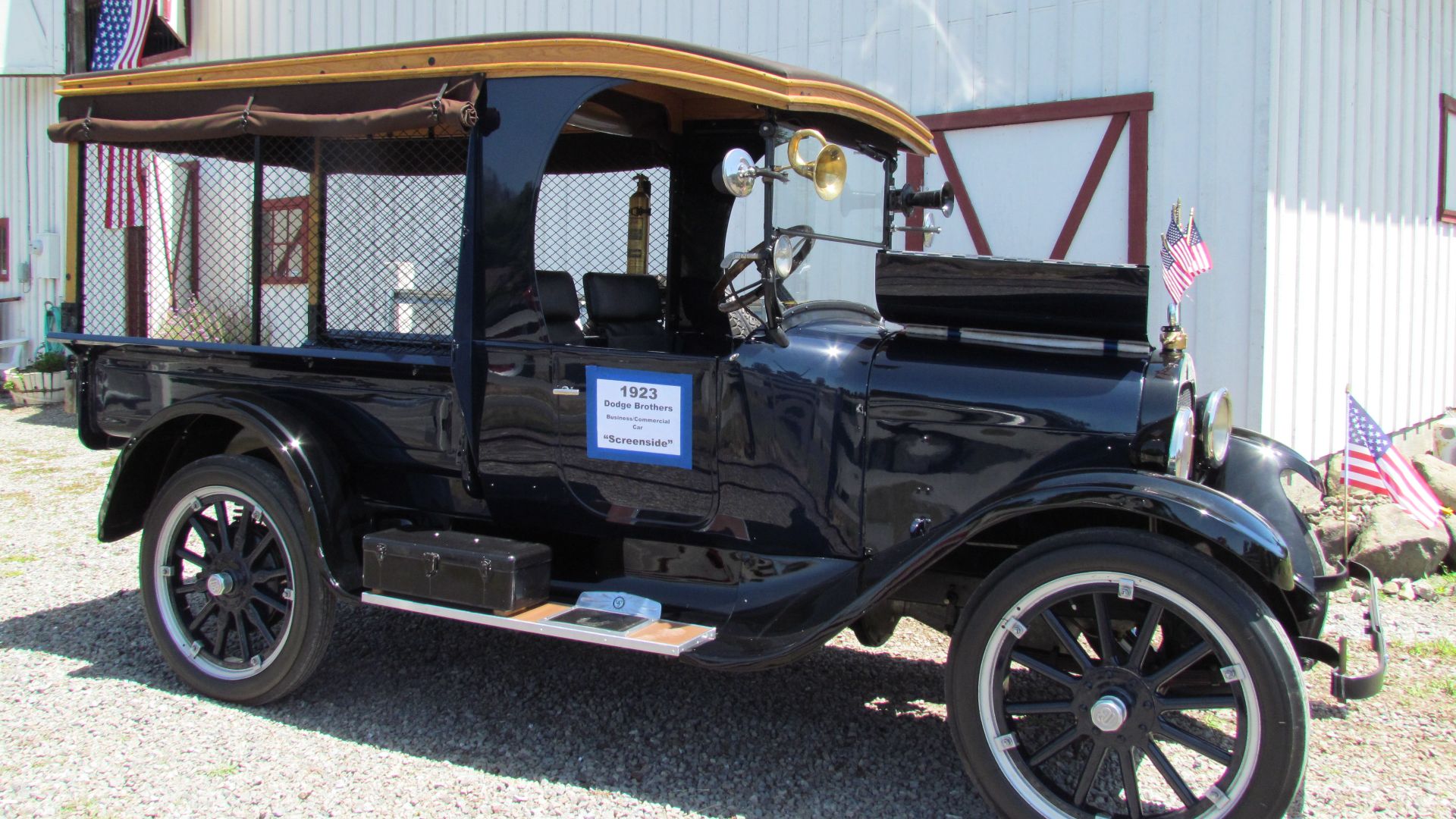 David Berry from Rohnert Park CA, USA, Wikimedia Commons
David Berry from Rohnert Park CA, USA, Wikimedia Commons
Ford F-Series (1948)
The F-Series didn’t just define pickups—it set the gold standard for them. With the F-1 debuting in 1948, Ford introduced a purpose-built truck for workers who demanded strength and versatility. Over generations, the F-Series evolved into the iconic F-150, blending comfort, performance, and unmatched toughness that shaped the American work ethic.
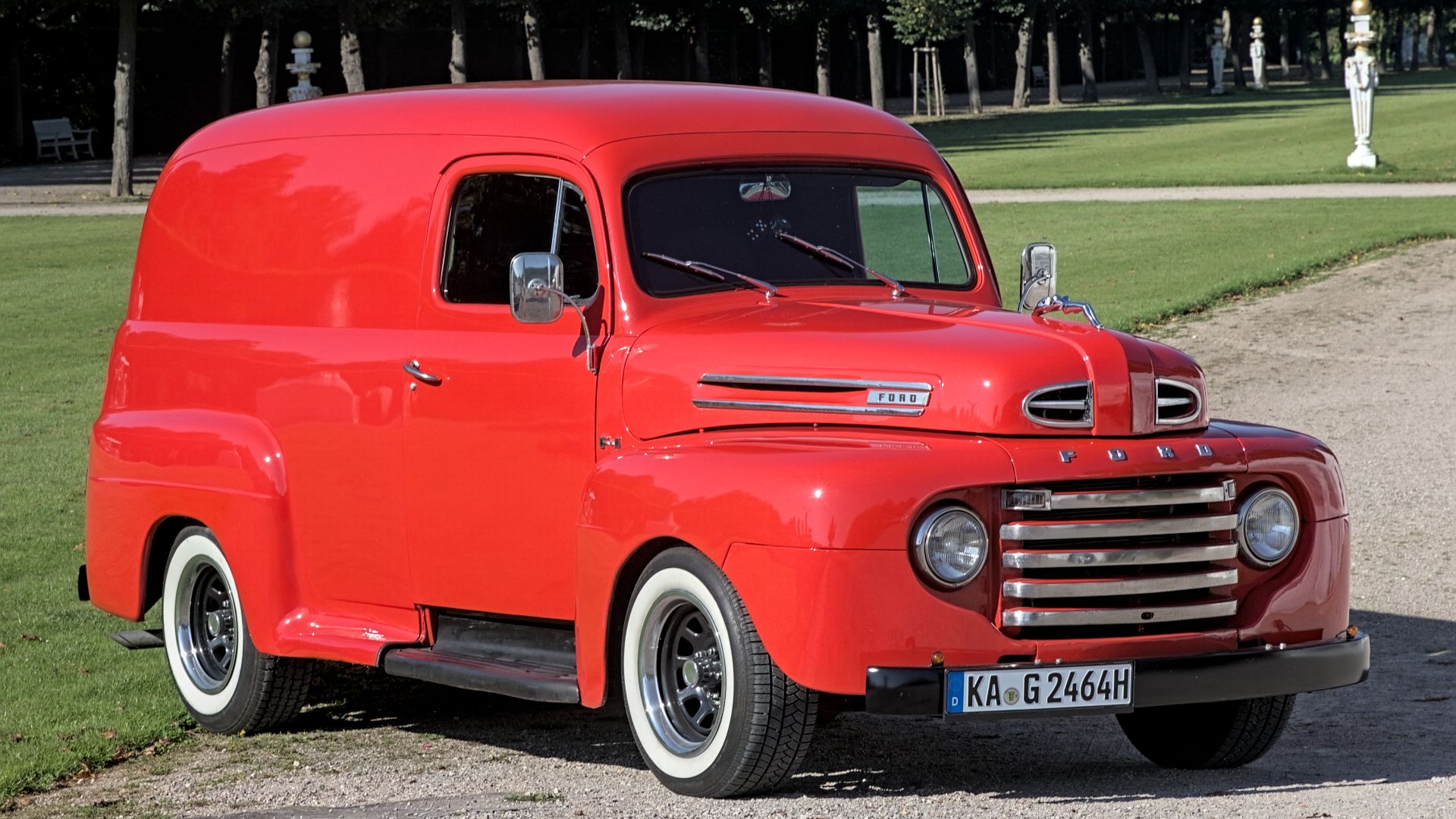 Alexander Migl, Wikimedia Commons
Alexander Migl, Wikimedia Commons
Chevrolet Advance Design (1947–1955)
Postwar optimism met practical innovation with Chevy’s Advance Design series. These trucks were wider, more powerful, and far more comfortable than their predecessors. Their sleek, curving lines marked the first time pickups were as stylish as they were functional, appealing equally to businessmen and blue-collar drivers.
Studebaker R-Series (1949)
The Studebaker R-Series stood out in a crowded market with its distinctive “bullet nose” design and aerodynamic flair. Built to be efficient and dependable, it was a bold statement that pickups didn’t have to look like farm tools. Studebaker brought artistry and individuality to the working-class hero’s vehicle.
International Harvester Travelall (1953)
Before SUVs dominated the market, the International Harvester Travelall blended family comfort with rugged practicality. With seating for six and a large cargo area, it was ideal for families who worked hard and traveled farther. It was the pioneer of the multipurpose vehicle—half hauler, half adventure wagon.
Chevrolet El Camino (1959)
The El Camino blurred the line between car and truck in unforgettable fashion. Stylish yet useful, it gave Americans a vehicle that looked good on Saturday nights and could haul tools on Monday mornings. It represented a daring mix of function and flair that still captivates collectors today.
Ford Ranchero (1957)
Predating the El Camino by two years, Ford’s Ranchero was the first to merge sedan comfort with truck practicality. It was designed for customers who wanted refinement without losing utility. The Ranchero created a new niche entirely—one that made pickups appealing to an entirely different kind of driver.
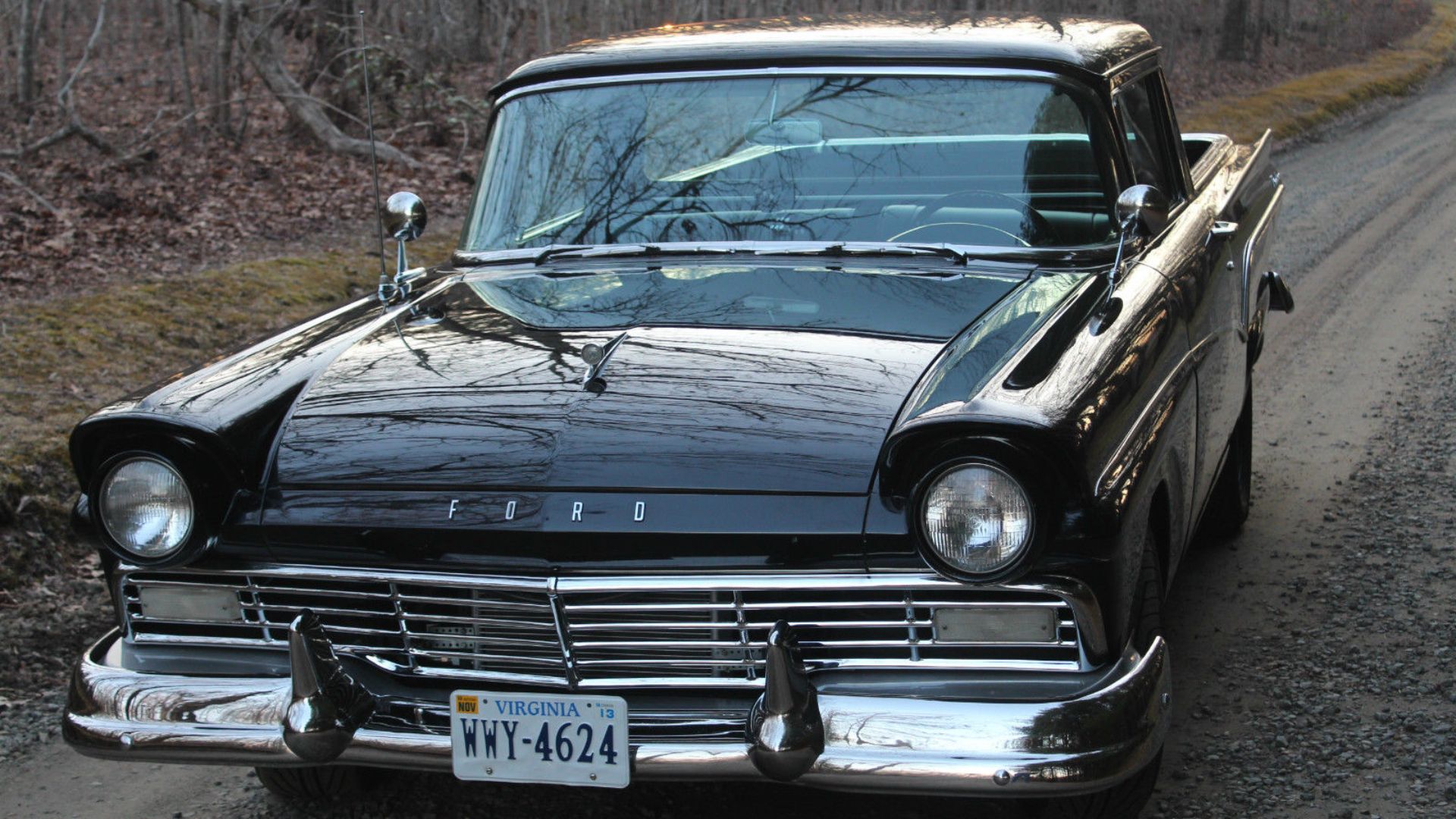 https://www.flickr.com/photos/nickmix01/, Wikimedia Commons
https://www.flickr.com/photos/nickmix01/, Wikimedia Commons
Jeep Gladiator (1962)
Built on Jeep’s off-road DNA, the Gladiator combined ruggedness with versatility like never before. It could tackle muddy trails and city streets with equal ease, long before adventure trucks were trendy. Its tough construction and bold design made it the go-to for drivers who demanded freedom and functionality.
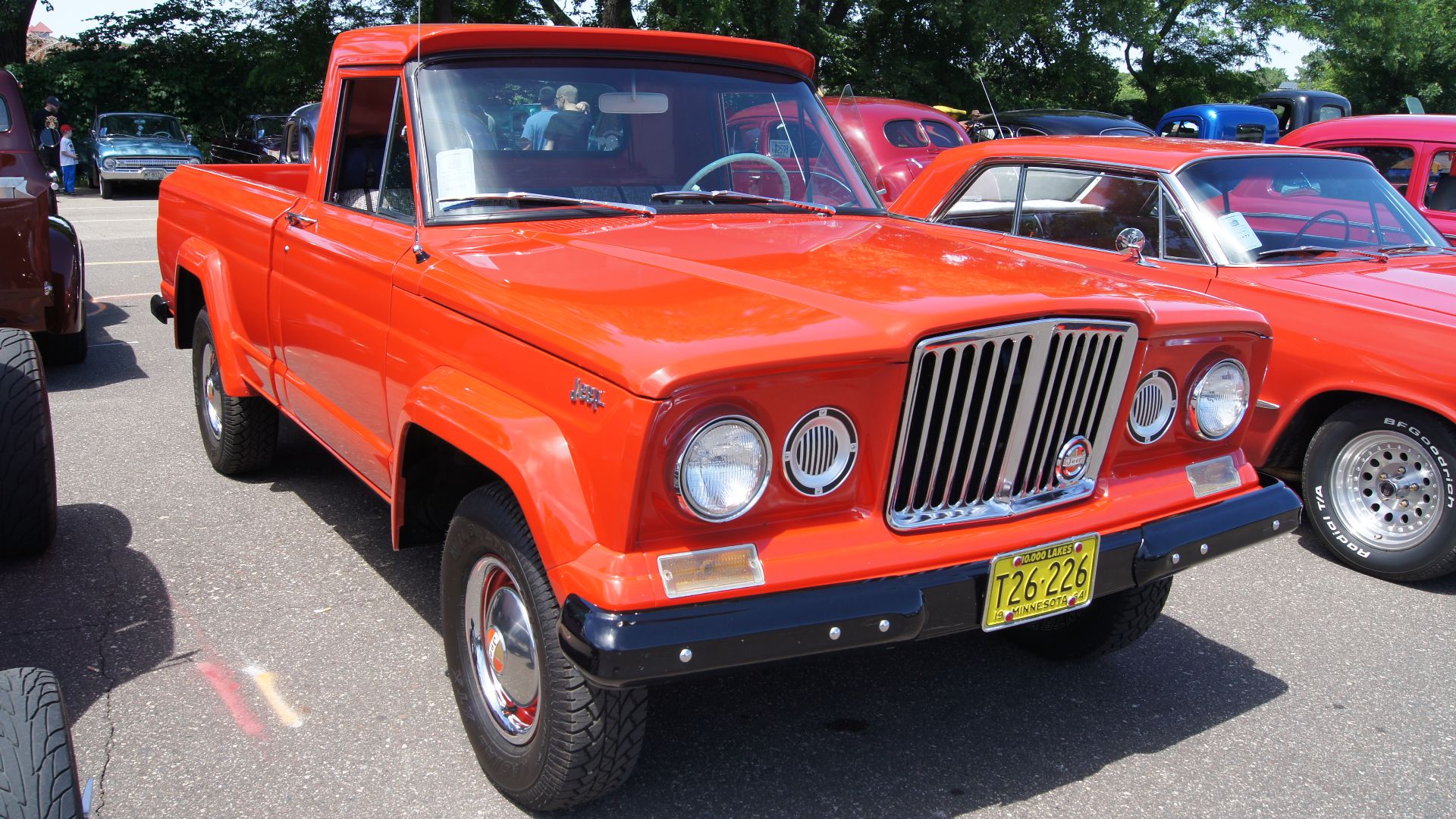 Greg Gjerdingen from Willmar, USA, Wikimedia Commons
Greg Gjerdingen from Willmar, USA, Wikimedia Commons
Chevrolet C/K Series (1960–1998)
Few trucks captured American loyalty like the Chevrolet C/K Series. With innovations such as independent front suspension and powerful small-block V8s, these trucks offered car-like comfort and unbeatable reliability. Whether used on farms, job sites, or city streets, they defined Chevrolet’s reputation for strength over four decades.
Ford Bronco Pickup (1966)
Compact, capable, and cool, the Bronco pickup captured the adventurous spirit of the 1960s. Its smaller frame and off-road prowess made it perfect for ranchers, hunters, and weekend wanderers. Though produced for only a few years, it became a cult favorite for those craving versatility and fun.
 MercurySable99, Wikimedia Commons
MercurySable99, Wikimedia Commons
Dodge D/W Series (1961–1993)
The Dodge D/W Series evolved steadily for over three decades, delivering reliability and power with every model year. It offered innovations like optional four-wheel drive and heavy-duty suspensions long before they were standard. The Power Wagon variants became legendary symbols of American toughness and unbreakable work ethic.
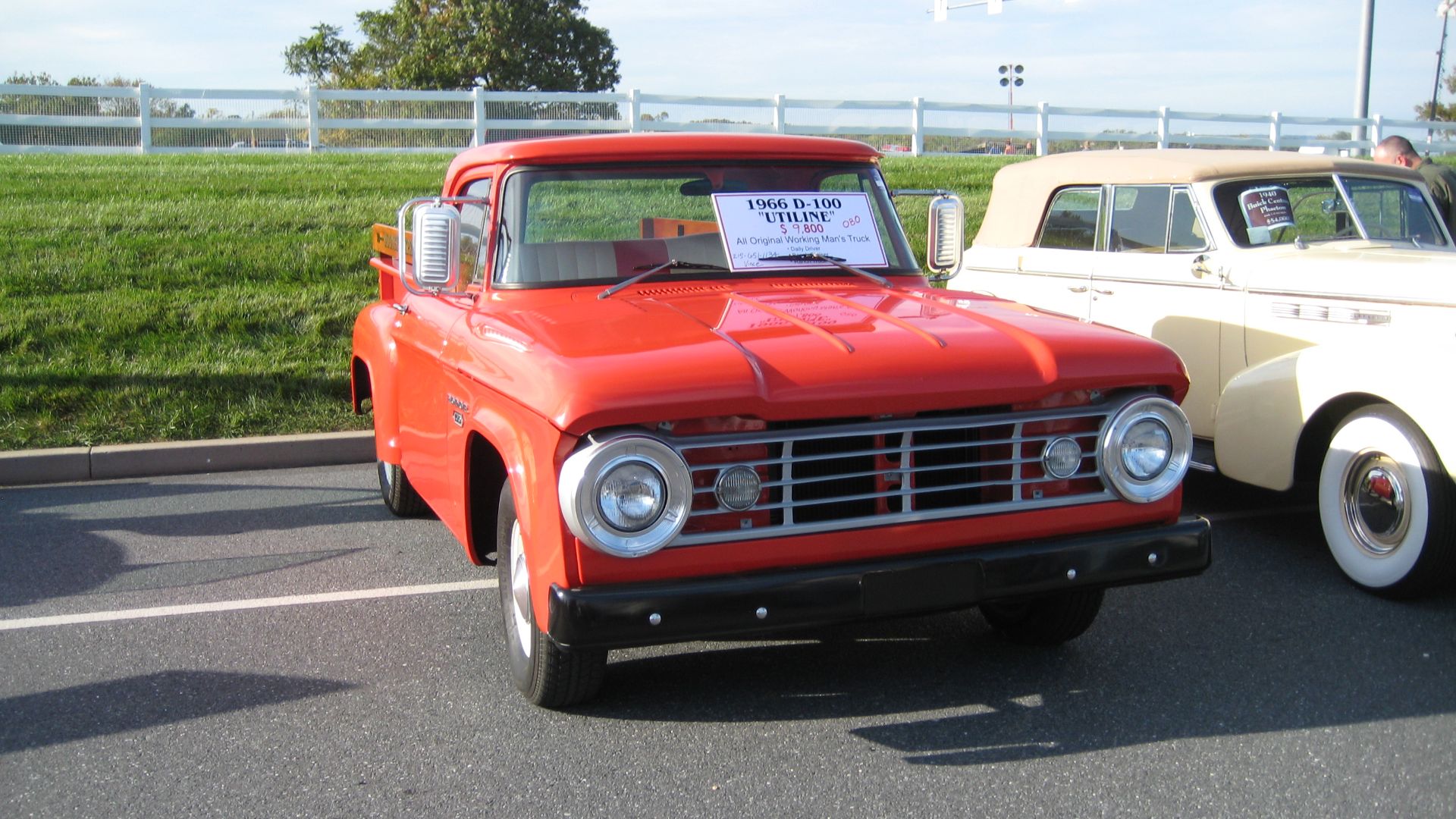 JOHN LLOYD from Concrete, Washington, United States, Wikimedia Commons
JOHN LLOYD from Concrete, Washington, United States, Wikimedia Commons
Toyota Hilux (1968)
The Toyota Hilux earned global fame for its near-indestructibility. Small, efficient, and unbelievably tough, it was the truck that simply refused to die. Its reliability in harsh conditions won over American buyers and inspired an entirely new generation of compact, practical pickups that redefined what “tough” meant.
Ford F-150 (1975)
Born during an oil crisis, the F-150 balanced power and fuel economy like never before. It quickly became the cornerstone of Ford’s lineup, delivering unmatched dependability and capability. Decades later, it remains America’s best-selling vehicle, proof that practical innovation and hard work never go out of style.
Dodge Ram (1981)
When the Dodge Ram debuted, it changed everything. With bold, big-rig-inspired styling and brute strength, it looked like nothing else on the road. Drivers loved its toughness and attitude, while its name—and charging ram logo—became instant symbols of power and resilience.
GMC Syclone (1991)
The GMC Syclone shattered expectations of what a pickup could be. Powered by a turbocharged V6 and all-wheel drive, it could out-accelerate Ferraris and Corvettes. The Syclone wasn’t built to haul lumber—it was built to make jaws drop and redefine performance for truck enthusiasts everywhere.
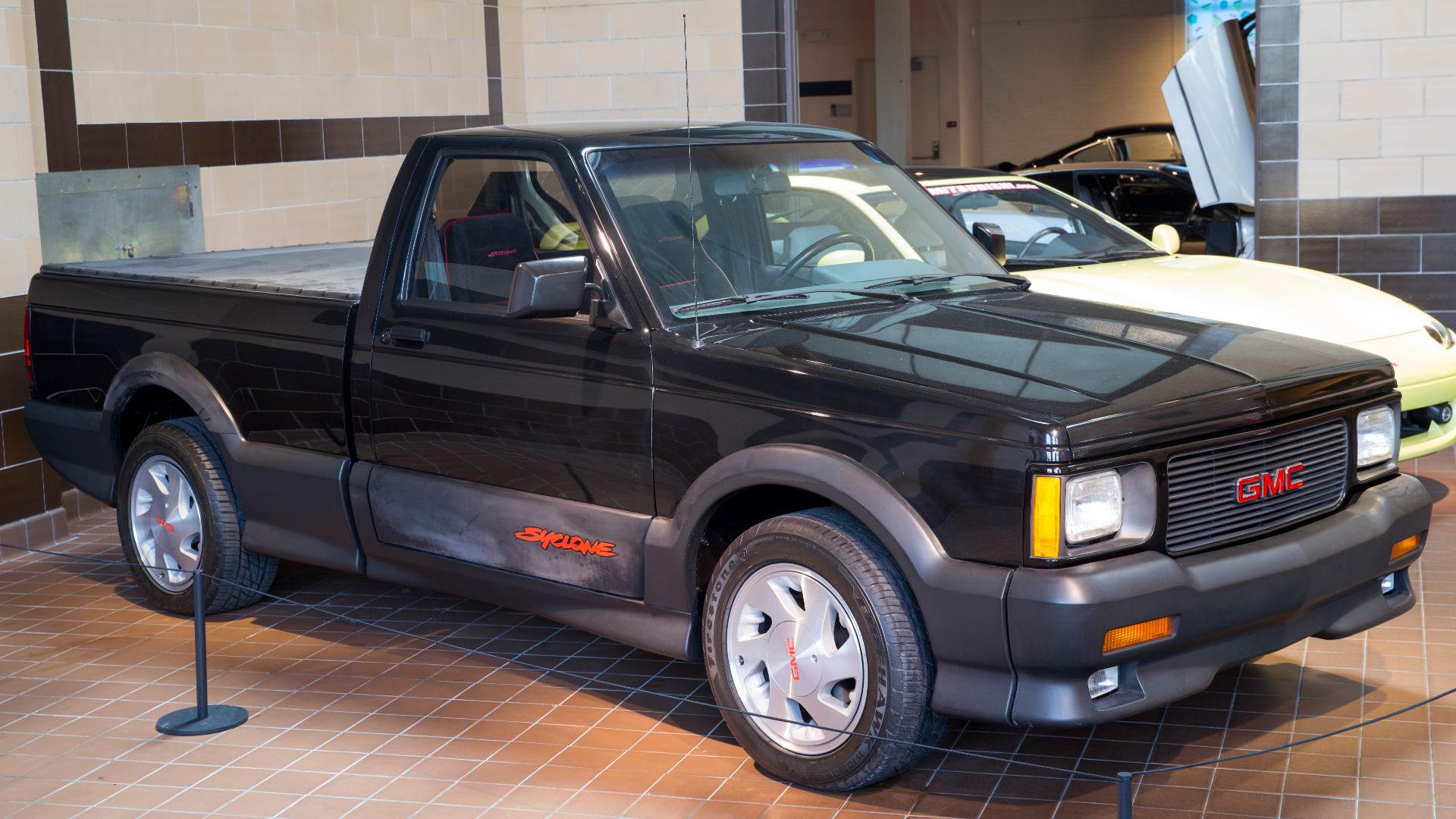 Mr.choppers, Wikimedia Commons
Mr.choppers, Wikimedia Commons
Ford SVT Lightning (1993)
Ford’s SVT Lightning brought race-bred performance to the pickup world. With a muscular V8, sport-tuned suspension, and aggressive styling, it turned every stoplight into a drag strip. The Lightning gave truck lovers a whole new reason to fall in love with raw American power.
 Rurik at English Wikipedia, Wikimedia Commons
Rurik at English Wikipedia, Wikimedia Commons
Toyota Tacoma (1995)
Compact, agile, and nearly indestructible, the Toyota Tacoma became synonymous with adventure. Loved by off-roaders and commuters alike, it offered excellent handling, unbeatable reliability, and a design that could conquer trails or traffic with ease. It set a new global standard for midsize pickup performance.
Ford Super Duty (1999)
The Super Duty lineup took the F-Series’ reputation to an entirely new level. With larger engines, stronger frames, and unmatched towing capacity, it became the ultimate tool for heavy-duty professionals. Whether pulling horse trailers or construction rigs, the Super Duty was built for those who never back down.
Chevrolet Silverado (1999)
When the Silverado hit the market, it immediately became a favorite. Combining robust powertrains with refined interiors, it offered the perfect mix of comfort and capability. This truck marked the beginning of a new era, where pickups could be luxurious daily drivers without losing their hard-working souls.
 SsmIntrigue, Wikimedia Commons
SsmIntrigue, Wikimedia Commons
Honda Ridgeline (2006)
The Ridgeline defied every expectation of what a pickup could be. Its unibody construction, smooth ride, and smart in-bed storage revolutionized practicality. Critics doubted it at first, but owners quickly fell in love with its efficiency, comfort, and thoughtful design that reimagined the modern work truck.
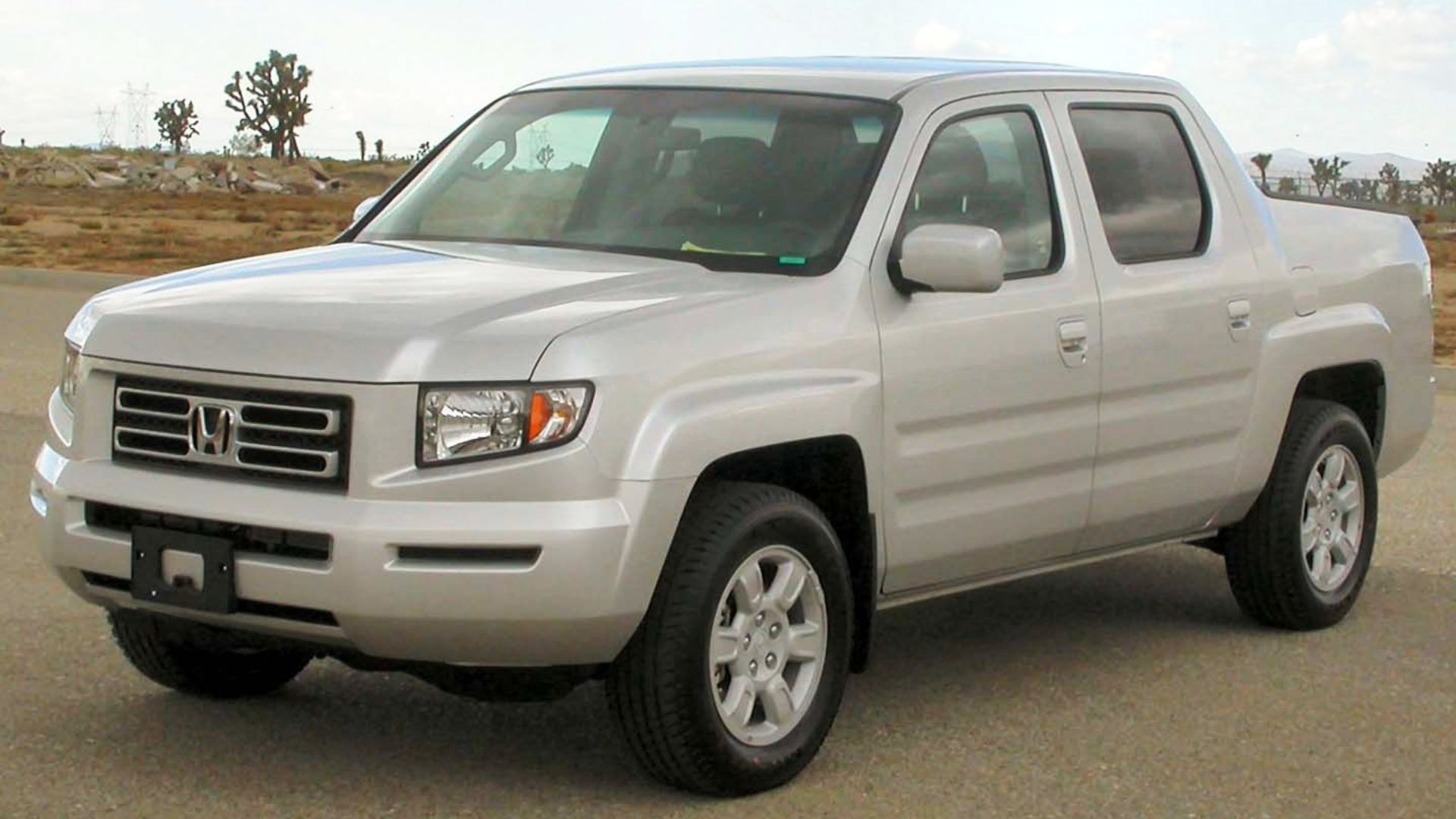 U.S. National Highway Traffic Safety Administration, Wikimedia Commons
U.S. National Highway Traffic Safety Administration, Wikimedia Commons
Ford Raptor (2010)
The Raptor was unlike anything before it—a factory-built desert racer with the heart of a warrior. Designed for high-speed off-roading, it boasted long-travel suspension, big tires, and raw horsepower. It wasn’t just a truck—it was a ticket to adventure for anyone bold enough to drive it.
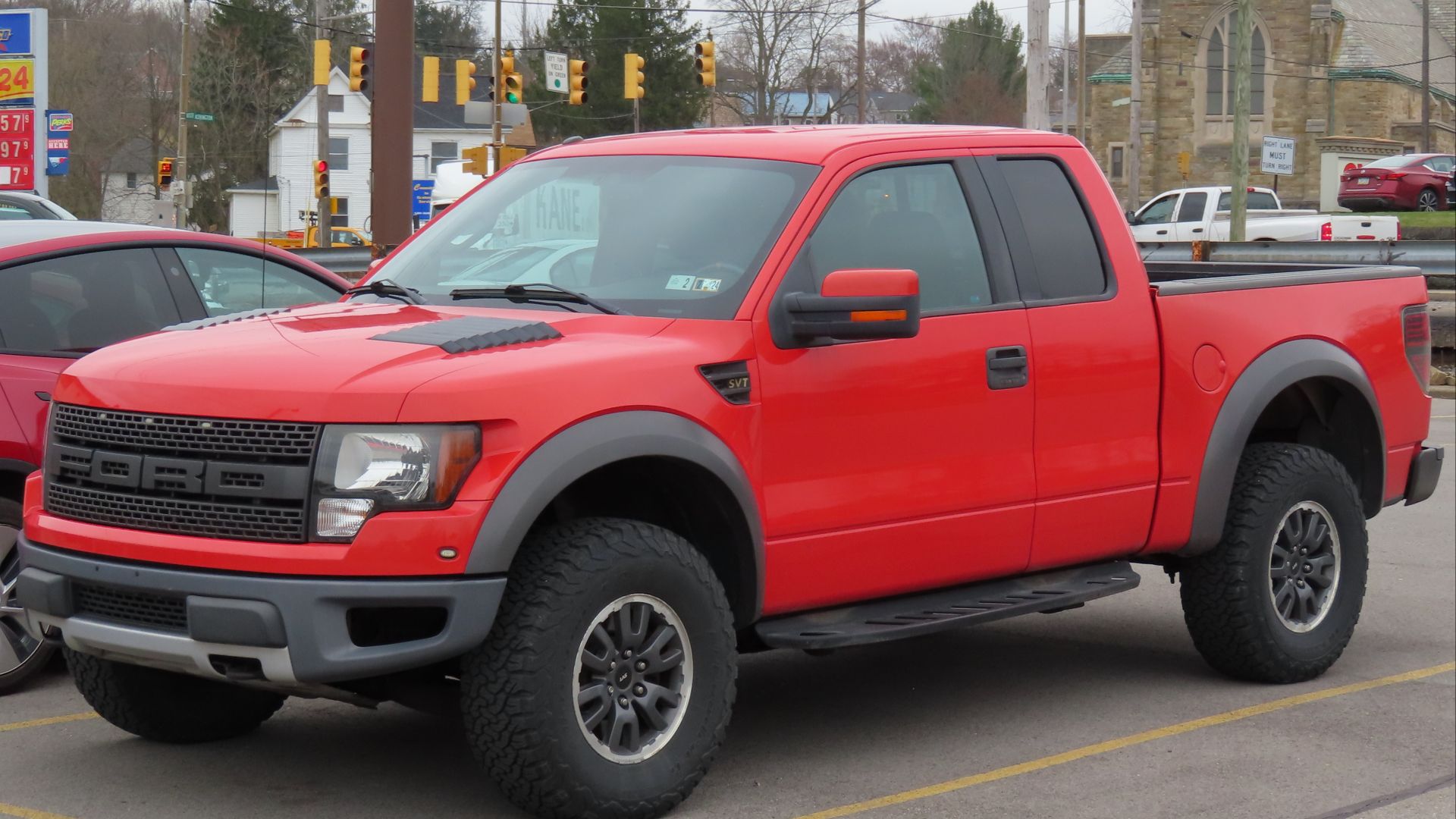 MercurySable99, Wikimedia Commons
MercurySable99, Wikimedia Commons
Tesla Cybertruck (2023)
The Cybertruck turned the automotive world upside down. With its stainless steel exoskeleton, angular design, and electric powertrain, it looked like something from a sci-fi movie. Love it or hate it, Tesla’s radical approach pushed pickup innovation into an entirely new, futuristic dimension.
Rivian R1T (2021)
The Rivian R1T became the first all-electric truck designed for serious adventure. With four independent motors, clever storage, and impressive off-road range, it’s the bridge between utility and sustainability. It represents the dawn of a new age—where power, technology, and environmental responsibility meet in one incredible machine.
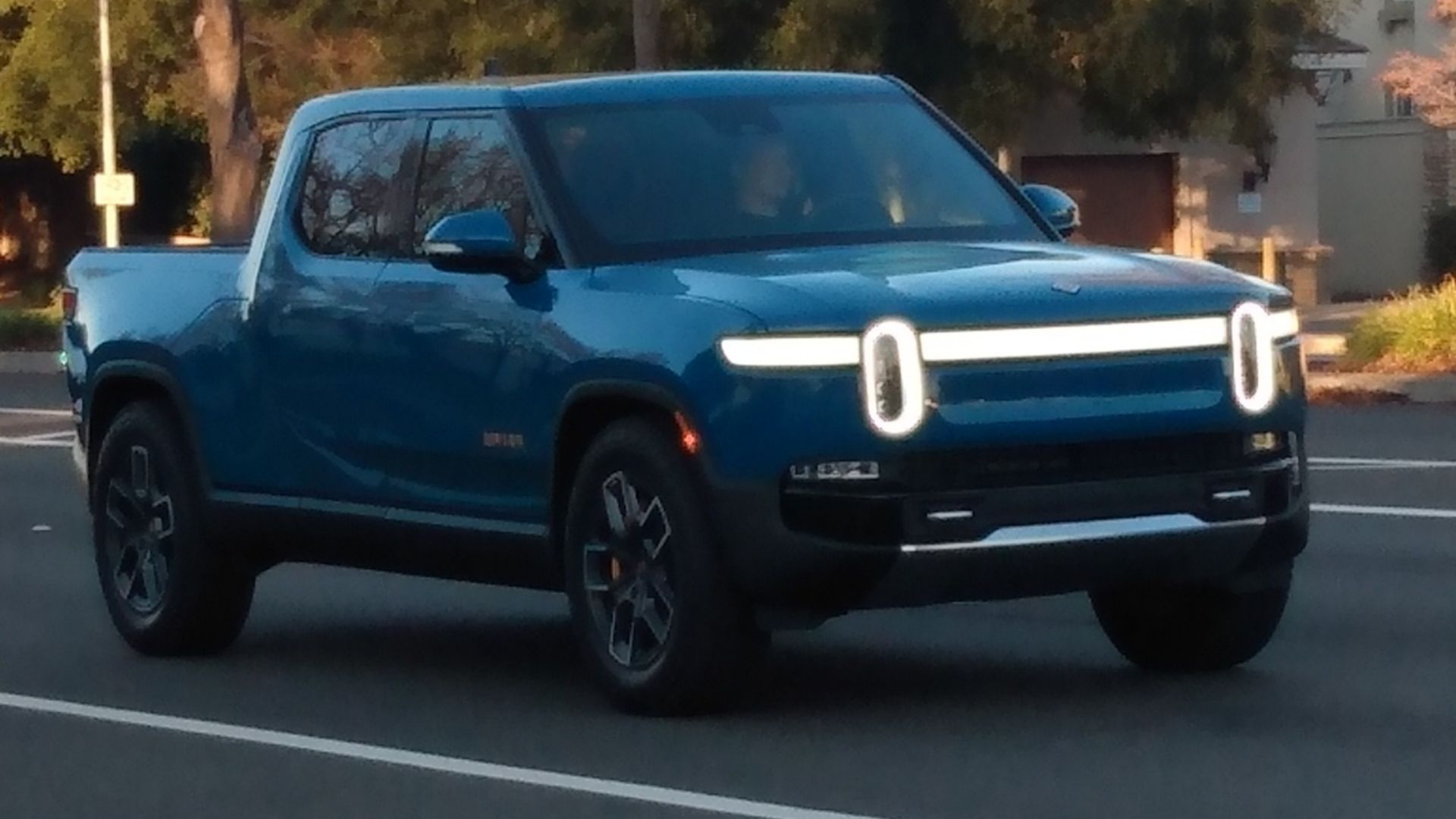 DestinationFearFan, Wikimedia Commons
DestinationFearFan, Wikimedia Commons
The Future Of The American Pickup
From the Model TT to the Cybertruck, pickups have evolved from humble farm tools to symbols of innovation, identity, and ambition. They’ve adapted to every generation’s needs—hauling lumber, racing dunes, and now running on electricity. One truth remains unshakable: the pickup truck will always embody America’s spirit of hard work and independence.



